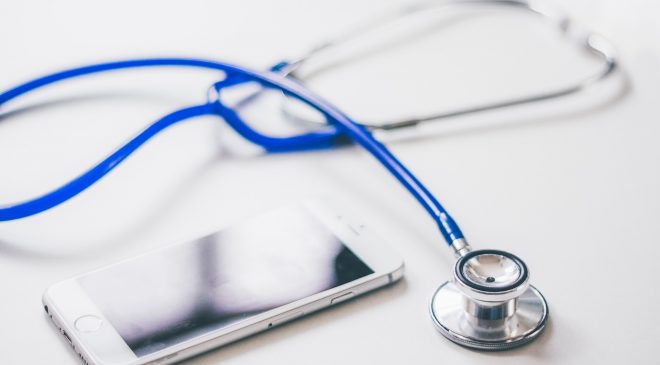
Leverages Cloud for a Django application.
One of the most pressing problems for countries all around the world has been finding a way to avoid health services being totally swamped by COVID-19.
The most valuable resource in every hospital is the human factor in delivering patient care, in terms of doctors, nurses, and allied health staff encompassed with the need for inpatient beds The ability to safely monitor isolated patients in the community, thus keeping people out of hospital, ensures those resources remain available for the most critical patients.
It was a challenge for South Eastern Sydney Local Health District (SESLHD) which operates a number of hospitals including Prince of Wales (POWH), Sutherland and St George Hospitals and provides health services to almost a million people.
When COVID-19 struck, Dr Sze-Yuan Ooi – a cardiologist at POWH – realised that a system he had been working on to provide remote monitoring and support to cardiac patients could possibly be repurposed to monitor COVID-19 patients. Besides his role as a doctor, Ooi is a conjoint senior lecturer at UNSW Sydney which played a key role in the development of the TeleClinical Care – Cardiac system.
Working with Professor Nigel Lovell, head of the Graduate School of Biomedical Engineering at UNSW, Ooi helped design the remote monitoring system which uses smartphone technology and sensors to transition patients from hospital to home while continuing to monitor them, facilitating self-care, and reducing unnecessary re-hospitalisations.
That project recently secured a grant of almost A$2 million from NSW Health to run a large multisite study across multiple hospitals in NSW.
But Ooi and Lovell pivoted their attention when; “COVID struck and it seemed to us that the pressing problem globally is that when health systems are inundated community monitoring is unsustainable.”
While TeleClinical Care – Cardiac solution had been developed to provide patient monitoring, it hadn’t been designed to scale to be able to deal with thousands, maybe tens of thousands of patients. Any COVID-19 monitoring system developed from its scaffold would need to be highly scalable, reliable, and secure.
Lovell and his team at UNSW have been working with Ooi on the cardiac patient system as well as other telehealth platforms to support people with Parkinson’s disease, respiratory conditions and patients recovering from strokes. They have also been working with the relevant clinicians and Virtual Care Centre being established at POWH, which is designed to be a hub for healthcare innovations that can provide in-community support to patients – but also act as the conduit to other healthcare services when required.
For the COVID monitoring system it was clear that scale and speed were critical. Working with Microsoft Fast Track for Azure, Lovell and his team – supported by the IT team at SESLHD – were able to transition the system they had developed out of an on-premise data centre into Azure in a week. They then tested the system with about 100 users to fine–tune it and had a system ready to go in around three weeks.
Patient monitoring
The COVID-19 monitoring platform is a Django application now running on Azure. COVID patients who are referred by the fever clinic download a smartphone app, are enrolled in the system the POWH Remote Monitoring Solution team and have a pulse oximeter delivered to their home, where they remain isolated while being COVID positive.
The system collects information about the patient, their other health issues and vital signs. Once enrolled, patients fill in a questionnaire twice a day prompted by the app.
The first question in the morning asks them about symptoms, predominantly whether they’re febrile or feel hot and if they have any symptoms of breathlessness and what they can and can’t do without getting breathless.




